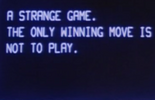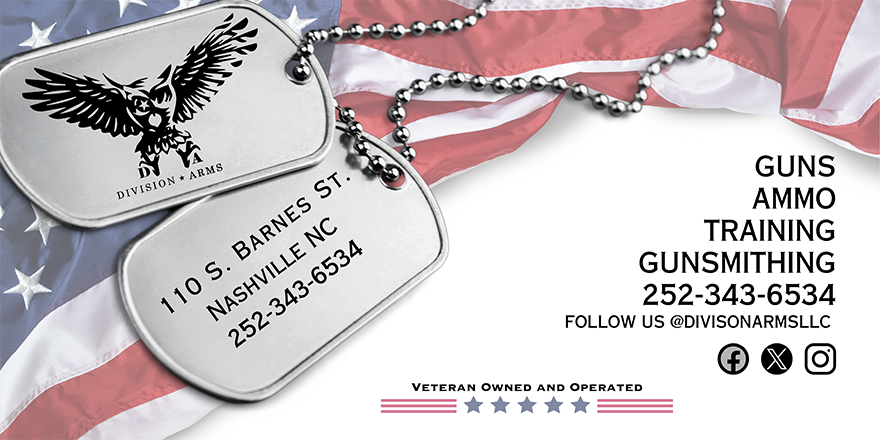Did some testing today at the range with @keepcalmandcarryon and a variety of optics to see if/what the 'best' choice is for the target type and range for some common optics types. Obviously everyone has their opinion, but we wanted to get some data to help shape ours and it was enlightening to me to say the least.
Optics tested were:
- sig Romeo5
- EOTech something something with the circle + dot
- Vortex 1-8x at various settings
- ACOG 4x

The eyeballs behind them are all AARP eligible and probably should be wearing corrective lenses but apparently we're stubborn. Someone with younger/better eyes will likely have some different results with respect to the 'not viable' results on the chart.
One of the advantages to the LPVO is the ability to go to 1x, but in the initial testing I really, really wanted to say that even at 1x it was slower than the dot. It feels slower but I couldn't get the timing data to support it so I tossed that out of the testing and am just going to say the LVPO at 1x is 'the same' within our ability to test and measure today.
Drills were some stuff we made up to test near->far transitions from 25->200 yards and some modified drills from @Modern Tactical Shooting 's classes for the up close and personal, and then combinations of the two. Strings of fire were between 6 and 12 rounds, with 4-6 targets, with 1-2 shots per depending. Except for one advancing drill that was strings of 3 at 1 target a few times. Standard shot timer, start high or low ready shooters choice just made sure it was consistent since we're going for a percentage delta.
Targets were defined as:
Large, high contrast - USPSA cardboard at short ranges, white painted steel silhouettes at long ranges. Scored 'time plus' style at closer ranges, and just hit/miss 100,150,200
Medium, high contrast - 10" (I think) steel swingers, painted to contrast with the surroundings
Medium, low contrast - 10" steel unpainted and blending into the berm
Small, high contrast - 4" steel, painted
Small, low contrast - 4" steel, unpainted
We wanted to get a feel for how they worked 'at speed'. Obviously if you shoot slowly, at one target and not on a clock you can hit things 'just fine' with any of the optics up close. Shooting and moving around and coming on/off the gun as you move and transition makes that time it takes to get things sorted out more pronounced. Lots of head bobbing at short range with those magnified optics. Here's what we found:

Key:
- Red is 20% slower than the best scores for that target and distance
- Yellow is 10% slower than the best scores for that target and distance
- Black is 'not viable', meaning it either takes too long in our 'combat situation' to acquire good hits or we just couldn't resolve the targets well enough to aim vs. guessing.
Draw your own conclusions, there are many. (I had several paragraphs typed out for mine, but no one will agree!).
Remember though, when it comes to trying to convey complex and subtle info on the internet.....

Optics tested were:
- sig Romeo5
- EOTech something something with the circle + dot
- Vortex 1-8x at various settings
- ACOG 4x

The eyeballs behind them are all AARP eligible and probably should be wearing corrective lenses but apparently we're stubborn. Someone with younger/better eyes will likely have some different results with respect to the 'not viable' results on the chart.
One of the advantages to the LPVO is the ability to go to 1x, but in the initial testing I really, really wanted to say that even at 1x it was slower than the dot. It feels slower but I couldn't get the timing data to support it so I tossed that out of the testing and am just going to say the LVPO at 1x is 'the same' within our ability to test and measure today.
Drills were some stuff we made up to test near->far transitions from 25->200 yards and some modified drills from @Modern Tactical Shooting 's classes for the up close and personal, and then combinations of the two. Strings of fire were between 6 and 12 rounds, with 4-6 targets, with 1-2 shots per depending. Except for one advancing drill that was strings of 3 at 1 target a few times. Standard shot timer, start high or low ready shooters choice just made sure it was consistent since we're going for a percentage delta.
Targets were defined as:
Large, high contrast - USPSA cardboard at short ranges, white painted steel silhouettes at long ranges. Scored 'time plus' style at closer ranges, and just hit/miss 100,150,200
Medium, high contrast - 10" (I think) steel swingers, painted to contrast with the surroundings
Medium, low contrast - 10" steel unpainted and blending into the berm
Small, high contrast - 4" steel, painted
Small, low contrast - 4" steel, unpainted
We wanted to get a feel for how they worked 'at speed'. Obviously if you shoot slowly, at one target and not on a clock you can hit things 'just fine' with any of the optics up close. Shooting and moving around and coming on/off the gun as you move and transition makes that time it takes to get things sorted out more pronounced. Lots of head bobbing at short range with those magnified optics. Here's what we found:

Key:
- Red is 20% slower than the best scores for that target and distance
- Yellow is 10% slower than the best scores for that target and distance
- Black is 'not viable', meaning it either takes too long in our 'combat situation' to acquire good hits or we just couldn't resolve the targets well enough to aim vs. guessing.
Draw your own conclusions, there are many. (I had several paragraphs typed out for mine, but no one will agree!).
Remember though, when it comes to trying to convey complex and subtle info on the internet.....


